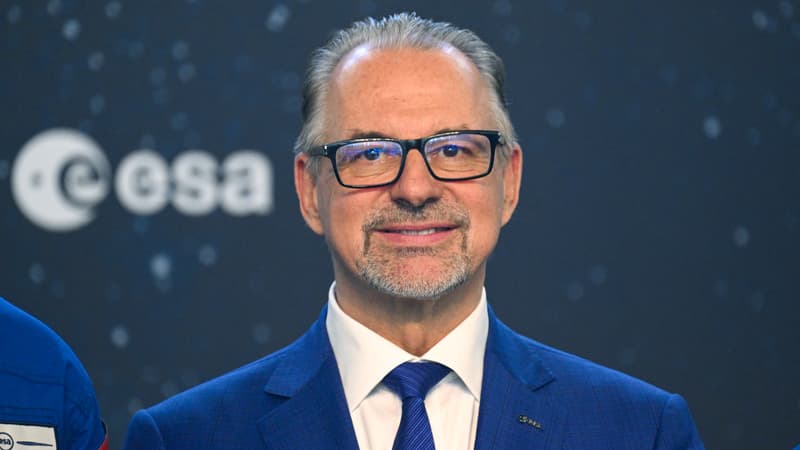Space Europe took small steps towards greater autonomy and began a change of focus this Monday, November 6 at its summit in Seville. The director of the European Space Agency (ESA), Josef Aschbacher, proposed a “competition between innovative European companies” for the supply of a cargo ship. A service that “could later evolve into a manned vehicle and serve other destinations beyond low orbit”, that is, beyond the ISS. The investment, already secured in the ESA for a value of 75 million euros, will be accompanied by companies.
The cargo ship program allows us to “say, here we have to maintain large missions, but we are starting small so as not to waste time,” explained a source close to the discussions.
This competition foreshadows the new approach that ESA intends to take, based on the NASA model, purchasing launch services from manufacturers rather than developing programs itself.
A principle that will apply “without capacity limit”, that is, for all types of throwers, Josef Aschbacher clarified at the end of the summit.
The principle of “geographic return” questioned
The 22 members of ESA (most EU countries, the United Kingdom, Switzerland and Norway) maintained their proposal for a competition between manufacturers to provide a cargo ship service to the International Space Station (ISS) by 2028. .
In its final resolution, the Council gave its approval to “this innovative role of the Agency as an anchor client, which enables technological developments with a well-understood distribution of risks with companies,” according to the text.
The ESA Council now embraces “competition”, which is “desirable in the context of European access to space”. A principle that will clash with the current principle of “geographic return”, provided that each country’s investment results in equivalent industrial benefits for its companies. Josef Aschbacher also indicated that this principle “must now be questioned.”
A first step before manned flights
Europe today does not have its own means to send astronauts into space, and Josef Aschbacher readily points out that it must choose whether it wants a place worthy of its ambitions or whether it should be content with a “strapontin” on other countries’ rockets. space powers.
In a report commissioned by ESA, experts in April called on Europe to guarantee a “permanent and independent presence” in Earth and lunar orbits, as well as on the Moon.
“If we want to carry out manned flights, this is a first step,” according to another source close to the talks. “You have to be able to send a cargo ship to a station and back. That’s the first step,” he added.
Support of 340 million euros for Ariane-6
The second major issue addressed by the Council was the “launcher crisis”, which “is the most serious” in the history of European space, according to the director of ESA.
With a launcher loud Ariane-6 dont the inaugural flight will intervene in 2024, and a launcher léger Vega-C toujours pas retourné en vol, the continent depends on the fusées de l’Américain Space X, the Russian fusées Soyouz n’étant plus on the agenda.
States must find a long-term operating model for the Ariane 6, which must be subsidized, once it reaches cruising speed, starting with the sixteenth flight in 2027-2028. After negotiations between France, Germany and Italy, the three main contributors to the Ariane-6 program, aid of around 340 million euros was agreed.
For the small Italian rocket Vega-C, which was grounded after an accident in December 2022, the US subsidy could reach 21 million euros annually between flights 26 and 42, according to Josef Aschbacher.
Source: BFM TV


